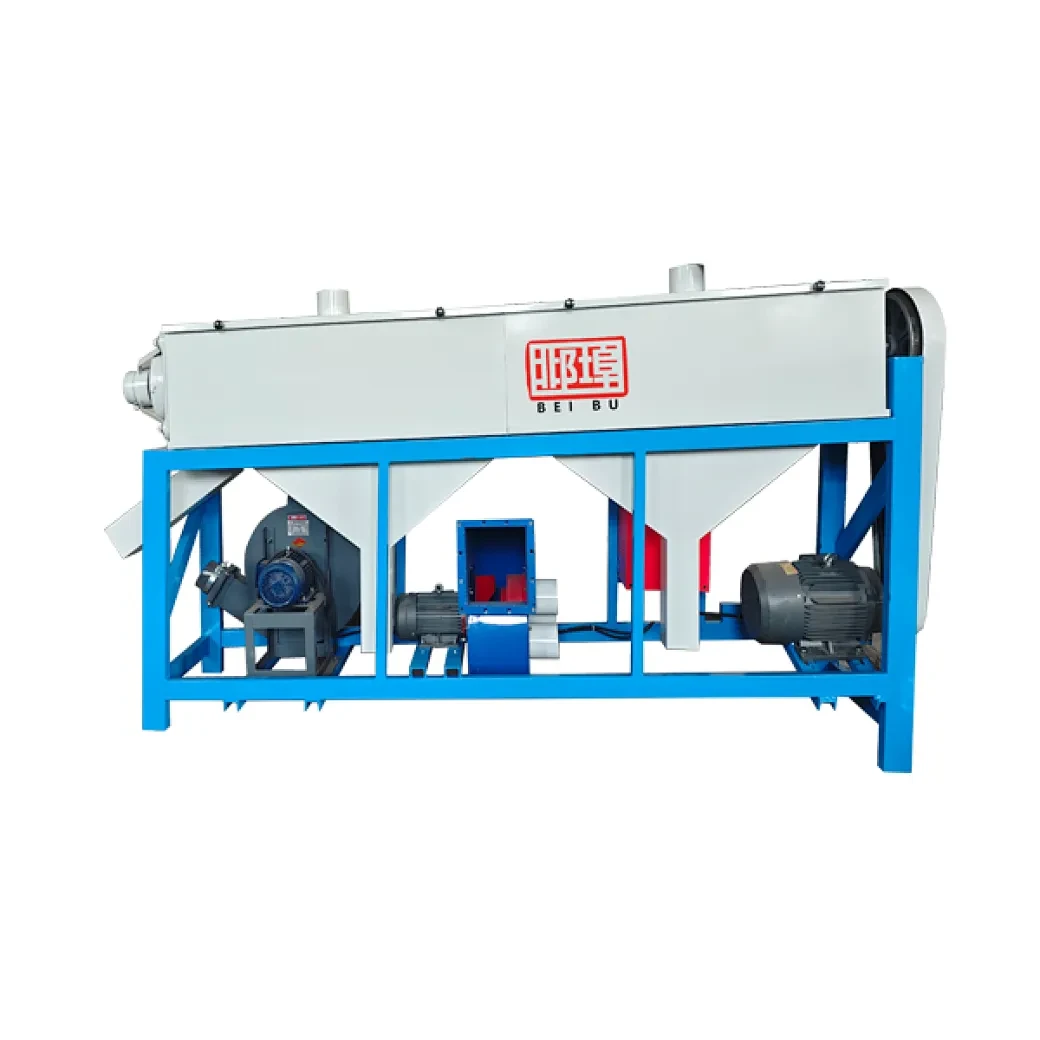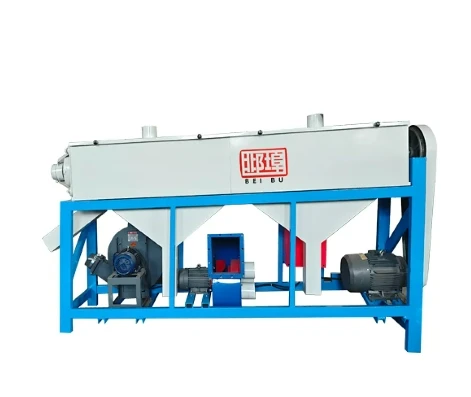Una pulidora de arroz funciona mediante el principio de fricción y abrasión para eliminar las capas de salvado de los granos de arroz pulidos, mejorando así su apariencia, textura y durabilidad. La máquina consta principalmente de una cámara abrasiva o de pulido giratoria y un sistema que alimenta los granos de arroz uniformemente. Cuando el arroz integral entra en la cámara de pulido, se somete a una fricción controlada contra superficies abrasivas como rodillos esmerilados, rodillos de goma o bandas abrasivas. Esta fricción elimina suavemente las capas externas de salvado sin dañar el grano interior. Simultáneamente, la máquina utiliza una combinación de flujo de aire y succión para eliminar las partículas sueltas de salvado y el polvo generado durante el pulido, garantizando un producto final limpio. El grado de pulido se puede ajustar controlando factores como la velocidad de los rodillos, la presión aplicada sobre los granos de arroz y la duración del pulido. Un ajuste adecuado garantiza que el arroz alcance la blancura y el brillo deseados sin un pulido excesivo, que podría reducir su valor nutricional o provocar la rotura del grano. Las pulidoras de arroz modernas suelen incluir características como variadores de velocidad y control automático de alimentación para optimizar la eficiencia y la calidad del producto. Los granos de arroz pulidos que salen de la máquina presentan una superficie lisa y brillante, lo que los hace más atractivos para los consumidores y mejora su cocción. En general, la pulidora de arroz mejora la calidad del arroz al equilibrar cuidadosamente la acción abrasiva y la protección del grano mediante su principio de funcionamiento.
Maquinaria Beibu








